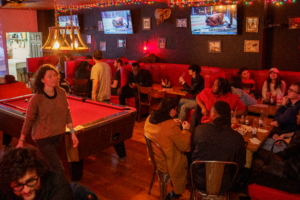For the last few weeks, the zagging, oblong bar has been remarkably busy at Hellbender, the perplexing little restaurant that has been operating out of the now-artisanally shuttered windows, now guarded with a bouncer straight out of a midtown bottle service club and operating out of the pastel-colored brunch spot that had once been home to the Acre.
Announced late last month by way of a post published last month by Vox’s Eater blog, the spot is the newest business venture by the stable of Manhattan chefs-turn-investors who opened up Rolo’s back in 2021. This is notable; their somewhat Italian, somewhat New American spot down the street was the group’s outer borough flagpost in their collective departure from Gramercy Tavern. Opening inside the shell of a long-shuttered candy store, the uncanny upscale hotel vibes attracted notices from from the Times, which cautiously recommended its “remarkable range,” and a litany of aspiring TikTok food influencers following the recommendation of local actor-cum-heartthrob Jeremy Allen White, who plays a chef on TV and has used the office to repeatedly endorse the spot. One hopes they are smashing those $18 burgers for chef on the house. Success, it seems, must beget more. Brad Thomas Parsons, a minor writer in the drinks world, repeatedly describes Hellbender on his own blog as the latest in the “Rolo’s extended universe.”
Rolo’s remains an aggressively silly idea, but serves a sort of purpose, best described to me once by a longtime Queens native who told me that even the lower-upper-middle class deserves to go somewhere to celebrate their birthday. It’s harder to say the same of Hellbender, where the food manages to somehow be both quite expensive and largely unremarkable.
Touted, somewhat, as the conceptual debut of LA transplant Yara Herrera, the best that can be said about her menu is its length, which runs deliberately short at roughly half a page. The length might indicate more of a bar food concept — the group tells Eater that it’s “kind of like an izakaya” — prices will largely feel familiar to diners at Rolo’s. Nothing runs south of $10 and a plate of chips and guac goes for the price of a cocktail.
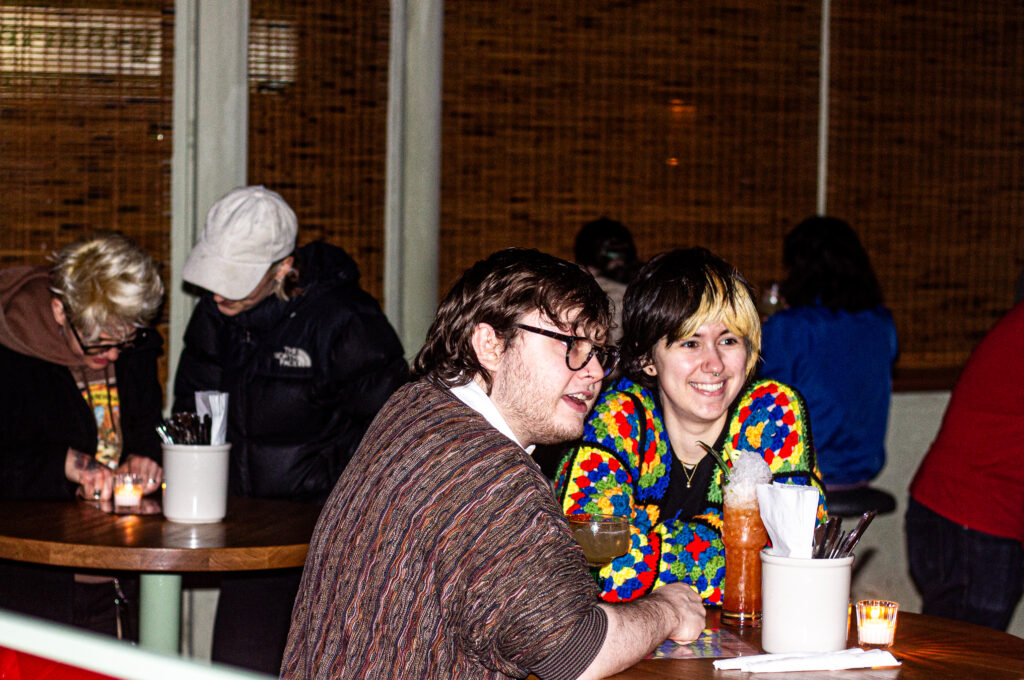
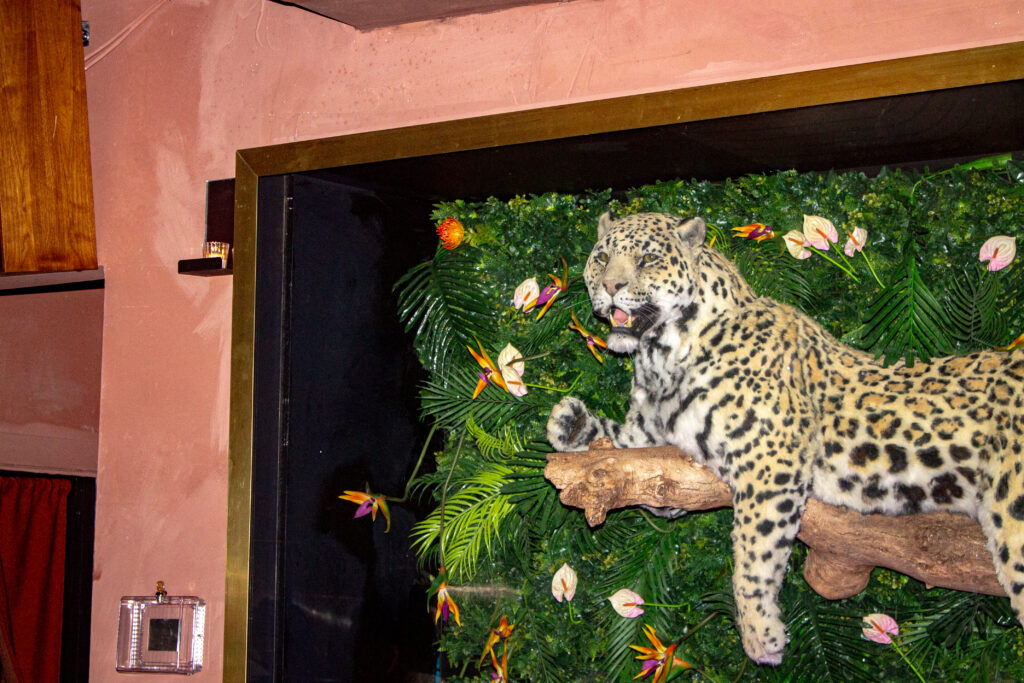
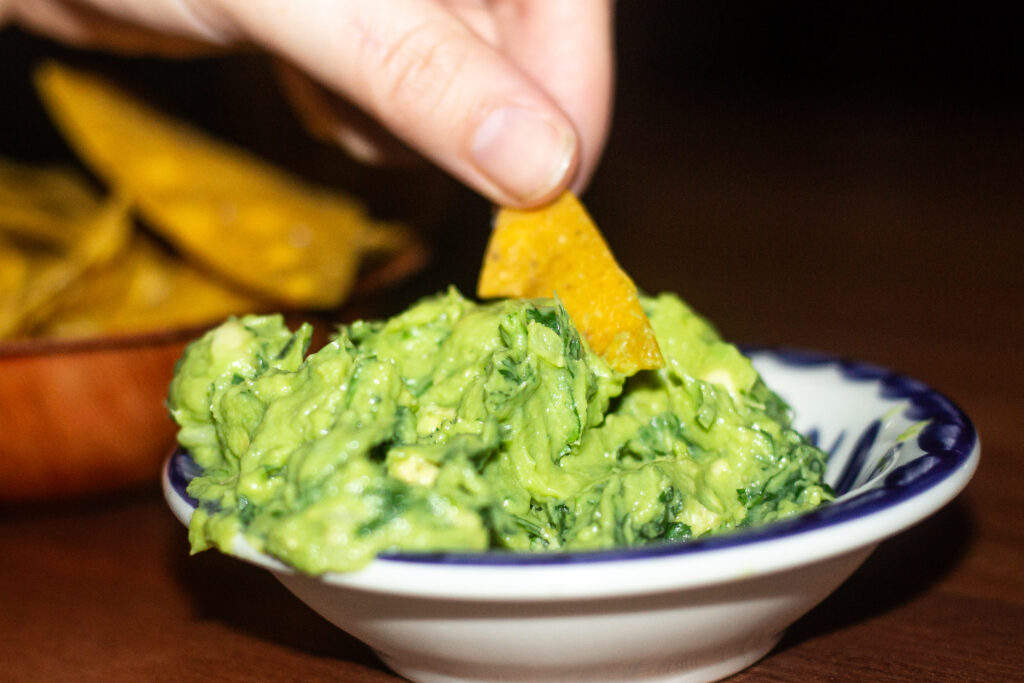
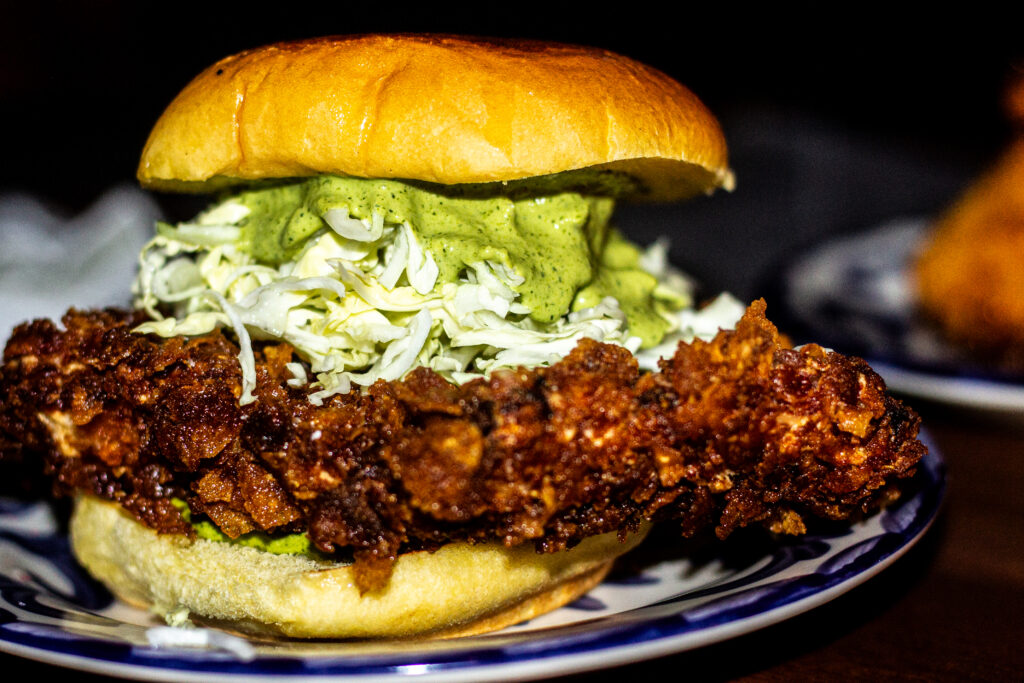
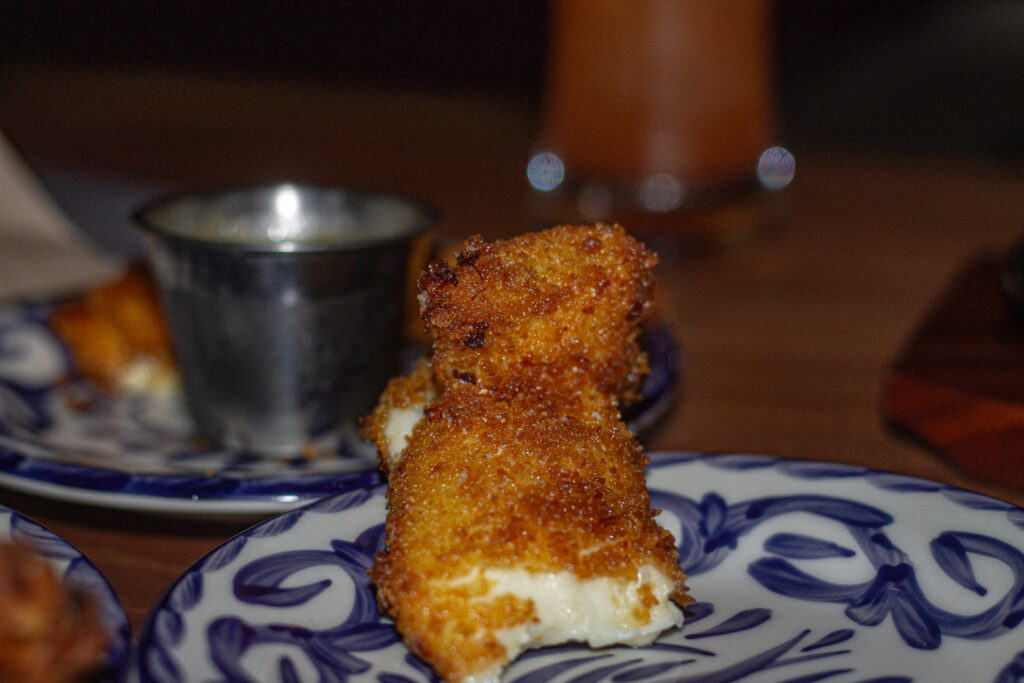
The guac is tenderly made, if largely tasteless, and, perhaps, not quite as good as the guac Herrera made at her last gig, where she “overhauled the menu” at the hipster-Tacombe style spot in nearby Bushwick called Sobre Masa. Nevertheless, it points, vaguely, in the same general, ambient direction of a kind of authentically gentrified experience. For instance, the aesthetically-minded group has installed a stuffed jaguar — behind glass, Museum of Natural History-style — at one of the tables and, in lieu of anything as undignified as slapping its name on a sign, next to the door there is just a neon-lit rendition of the titular hellbender, a kind of salamander that sounds rather exotic but is native to most of the east coast.
If the location’s prior operators had turned the street corner into a well-meaning brunch spot splashed with bright natural lights, the Rolo’s people have seemingly spent the last year painting all of that black, confusingly keeping the blinds closed at all hours in order to better evoke the ambiance of what they are calling a “nighttime cafe.” This allows customers to both not have to see the rest of the neighborhood and uncannily imports the feeling of sitting at a faceless basement bar on St. Marks Place deep into what once felt like Queens.
It’s funny, someone thinking that a corner literally across the street from the local, colorful chicken spot Super Pollo and up the street from the cocktail bar Sundown, has been somehow asking for those two things to be pointlessly fused together on the same block. It has, however, become hard to really expect anything but more the same from real estate developer Kermit Westergaard, who rents out both spots, among others he has retrofitted in the area. More recently, he’s quietly announced plans to open an Italian spot a few blocks away, where another of his erstwhile restaurant-owning tenants have left, something of an interesting pattern for the divisive developer.
Not unlike, say, the branding of natural wine (Westergaard also rents out one of those places too) Herrera’s menu tasks itself with the task of convincing people they are eating something that is, at least, mildly profound. Instead of the mozzarella sticks you can pick up a block away at Cozy Corner, or a few blocks further down at at I Like Food, where you can find some of the most innovative bar food in the neighborhood, Herrera makes fried “oaxacan cheese” sticks that taste like mozzarella sticks and cost $14. For a few dollars more, you can pick up a somewhat deconstructed shrimp cocktail made with a pool of pico de gallo, or a fried fish sandwich that’s visually very splendid, but about as flavorful and greasy as the recently rebooted flounder at Popeyes.
The funniest thing on the menu is the sticky choriqueso (“the sure-to-be-bestseller,” according to at least one blogger) which comes largely burnt into a thick pan and accompanied by soft brown tortilla pads, somehow one of the most expensive things that Herrera makes. Combined, they make for a sort of makeshift slop taco, an evocative metaphor among many in a house of mirrors made for millennials.
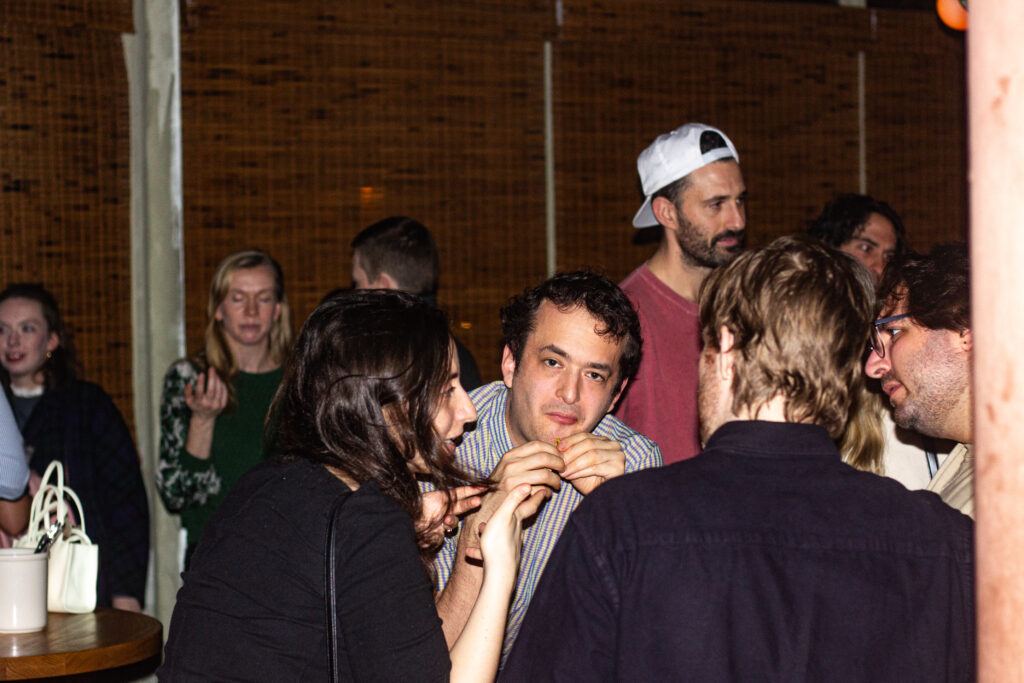
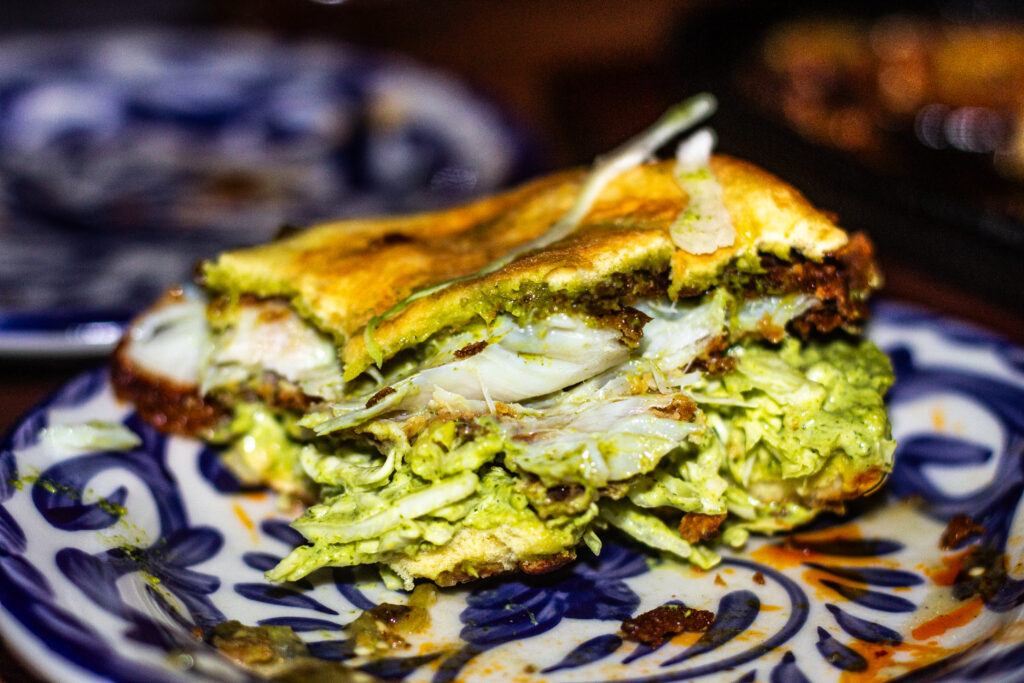
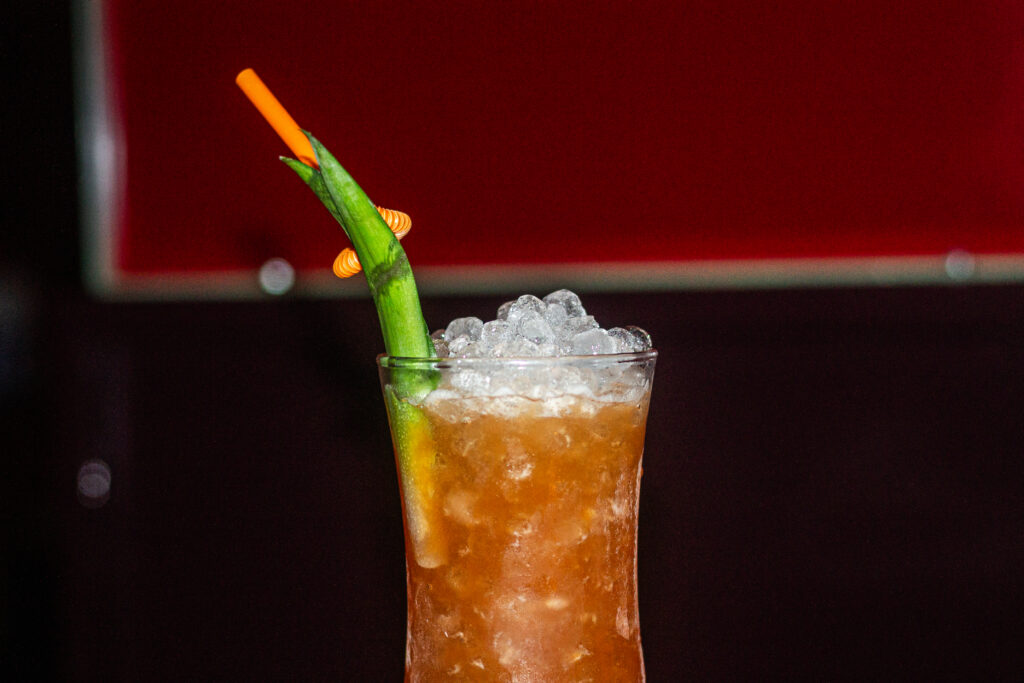
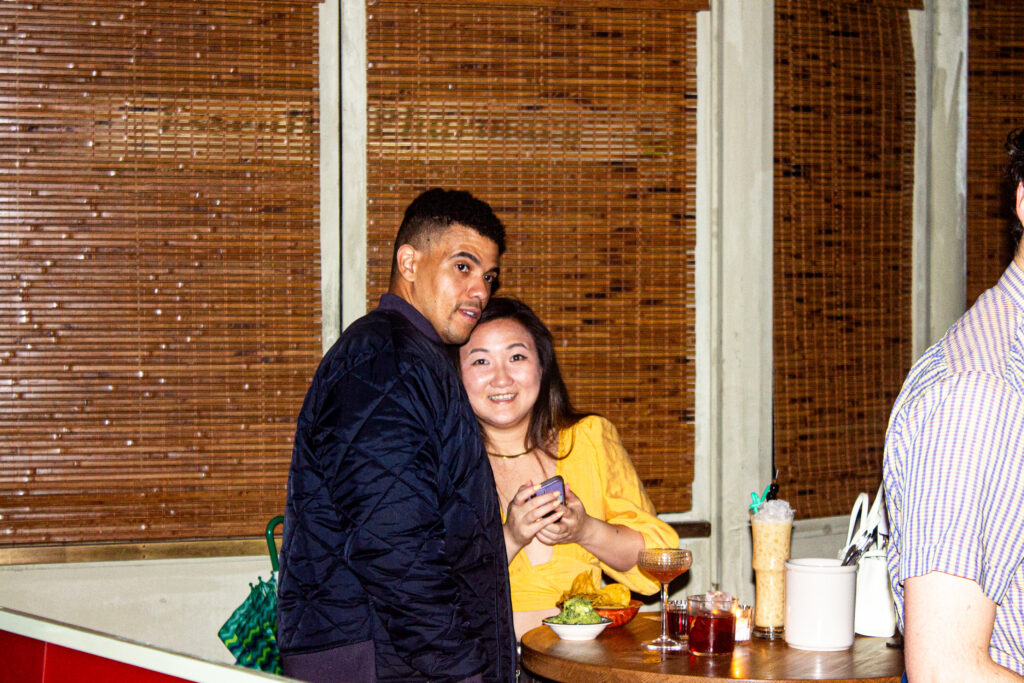

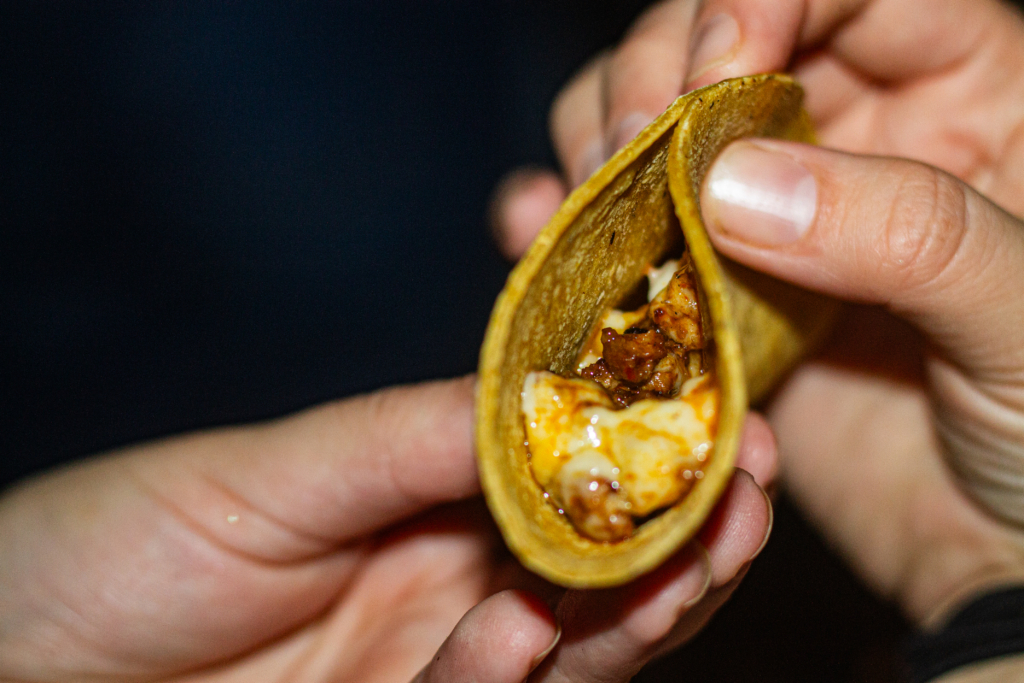
Perhaps this is why the pleasantly mustached Tony Milici, who makes drinks at both Rolo’s and can be found most nights trying to manage the crowded bar at Hellbender, say they are largely branding the place as a bar. There are, in fact, no fewer than five different kinds of margaritas that run from $14 to $18 each and, for about the same price, you can get an enormous glass filled with something Milici calls the “taxidermied jaguar,” which tastes something like very fancy fruit juice.
The crowding around the bar is deliberate on Milici’s part, who convinces Eater to write that Hellbender will eschew “conversations around gentrification” because “the set-up skews more casual,” something tied to his choice to eschew table service. Somehow, the argument perhaps goes, paying $24 for lamb carnitas is more accessible when done at a bar.
All of this is disappointing, and perhaps not really Herrera’s fault, who certainly seems to mean just about as well as the Brocks did when they opened up shop here at the beginning of the pandemic. The food will, one imagines, eventually improve, though her ideas and painfully earnest improvisations (chamoy! with asian pears!) feel ill served by the larger overpriced gastropub concept she is being slotted into and, hopefully, she will leave this place and make better food and more interesting food elsewhere, as chefs who get profiled by inspirational blogs tend to do. The difference felt at Hellbender will likely not be noticeable.
It won’t matter anyway. In an interview, Milici says the main idea behind the bar is to fleece customers waiting for tables at Rolo’s (“Guests at Rolo’s can ride out their wait for a table with us here,” he promises.) It’s a kind of synergy that feels ill-conceived, in typical Rolo’s fashion. There are, perhaps, no fewer than five other bars in the surrounding few blocks between the two places, though I suppose the shuttered blinds work to cover those places up if you’re sitting inside. More than anything else, the project paints a portrait of what mid-tier gentrification looks like, promulgating a kind of signification that comes from nowhere and tastes like nothing.
Hellbender is located at 68-22 Forest Avenue.
Photos taken by Andrew Karpan.
For more news, sign up for Bushwick Daily’s newsletter.
Join the fight to save local journalism by becoming a paid subscriber



